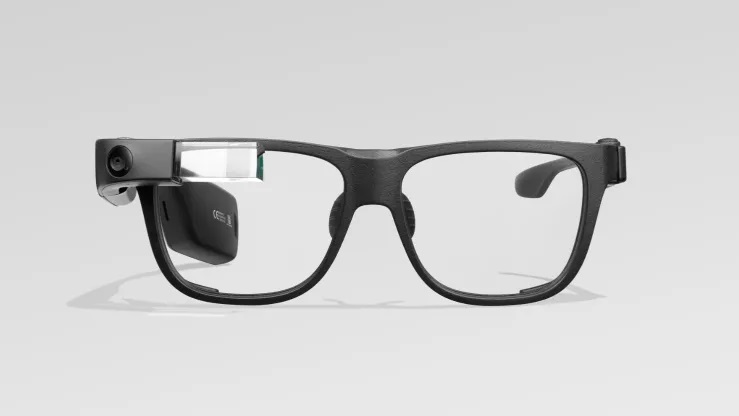Google reportedly working on AR glasses that could go head to head with Apple
New report claims Google is working on AR-capable smart glasses

Update: Google begins testing new AR smart glasses — now with less Glassholes.
It appears that Google will make a second attempt at augmented reality glasses at some point in the future.
That’s according to the New York Times, which claims Google is “nurturing a new project” and “working on a new iteration of smart glasses.” This backs up a job listing from last year which mentioned the company’s plans for an “innovative AR device”.
Unfortunately, that’s about as much detail as the Times has, but the report does suggest that this is a direct result of Google’s acquisition of North last year. Before being acquired, North had one set of smart glasses available — Focals — which would have once set you back $600, but are no longer available for sale.
North was teasing a second generation ahead of its acquisition, and it’s possible that this could form the basis for Google’s latest attempt at AR.
Google’s first attempt at AR glasses was, of course, widely regarded as a misfire — or, more generously, ‘ahead of its time’. Google Glass was sold to the public as an “Explorers Edition” with a hefty $1,500 price tag which made its limitations — poor battery life and sparse functionality — harder to swallow.
The built-in camera also raised privacy concerns. All of this, combined with the unfortunate nickname of “glasshole” being given to early adopters, meant that the product was discontinued for consumers in 2015. Though it remains available for enterprise customers.
Get instant access to breaking news, the hottest reviews, great deals and helpful tips.
Google Glass 2: Second time's the charm?
Why would Google be so keen to relive a very public failure? Well, a lot has changed in the intervening seven years that could make the company believe that it would be on safer footing this time around.
For one, mobile chips are a lot more powerful now, and Google could create immersive AR experiences without having to rely on a phone. In fact, Google created its own Tensor chip for the Google Pixel 6 line, and it's very possible it could adopt its silicon for wearables.
Glass’s biggest problem was how ostentatious it looked. While the design tried to appear as much like regular glasses as possible, the tech of the time was tricky to blend in. That’s hardly surprising when you remember that 2013 was the year of the iPhone 5, Samsung Galaxy S4 and HTC One, and suffice it to say that as tech and miniaturization have both advanced in leaps and bounds, a 2022 AR headset could be far more discreet.
But even if smart glasses continue to look overtly techy in their aesthetic, it may not matter. Google Glass appeared weird because barely anybody was normalizing the look, and that may be about to change. Apple has long been rumored to be interested in the space, and apparently will release its first AR headset this year, with a long-term aim of AR glasses replacing the iPhone.
That may sound unlikely, but remember that AirPods were once dismissed as too weird looking to take off — and now they’re ubiquitous. If Apple can start the ball rolling, then Google too could benefit from the resulting attitudinal change, and the next few years could really see AR take off in a big way.
Freelance contributor Alan has been writing about tech for over a decade, covering phones, drones and everything in between. Previously Deputy Editor of tech site Alphr, his words are found all over the web and in the occasional magazine too. When not weighing up the pros and cons of the latest smartwatch, you'll probably find him tackling his ever-growing games backlog. He also handles all the Wordle coverage on Tom's Guide and has been playing the addictive NYT game for the last several years in an effort to keep his streak forever intact.

